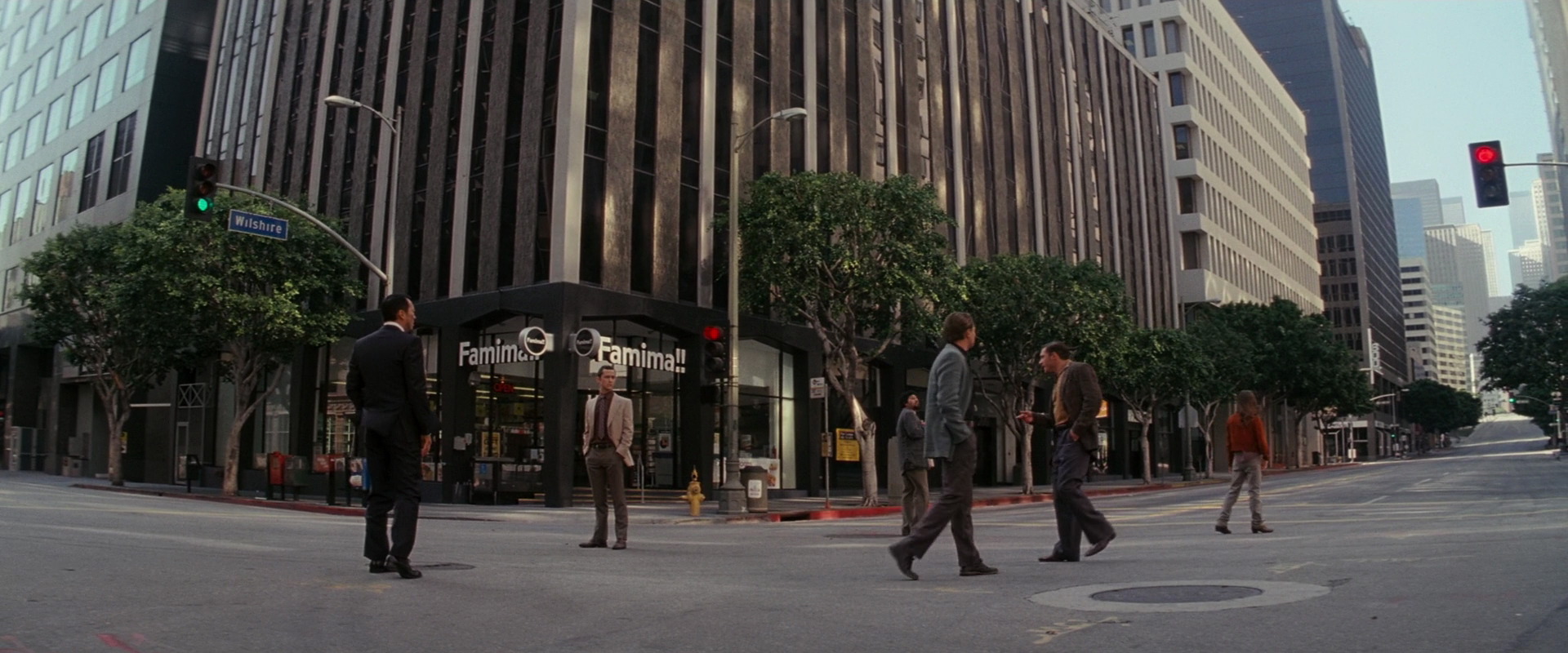Case Study: Why I Love Film
Name: Wally Pfister, ASC, Academy Award–winning cinematographer for Memento (2000), The Dark Knight Rises (2012), and 45 other films
Film: Inception (2010)
Situation: How to give the director the look of dream and reality simultaneously

During our preparation phase, director Christopher Nolan and I discussed how the movie was supposed to feel. Chris said he wanted it to feel real—which is the way dreams feel when we’re in them.
In the movie, there are times when the characters don’t know that what they’re seeing is a dream, so the visual difference between reality and dreams had to be seamless, except in specific places where we wanted to communicate that difference to the audience. The surrealism in the movie often came from the environment rather than from the camerawork or photography. By maintaining a realistic look, we believed we could introduce a bizarre or an unsettling feeling very subtly when we wanted to, without taking the viewer out of the story.
We never considered shooting on digital video. Every digital camera is trying hard to emulate 35mm film, and there’s a reason for that. Film has an enormous amount of exposure latitude and dynamic range, which would give us infinite creative flexibility in creating images. I can underexpose film by three stops and overexpose it by five stops within the same frame and see the entire spectrum on the screen. That’s simply not possible in any digital format I’ve seen.
We also wanted to shoot several sequences in super-high speed, so they would appear in super slow motion. We wanted to be able to shoot at 1,000 frames per second or faster. You cannot do that in any digital format, either.
Film’s photochemical process is quite simple and worked well for us. I put a lot of care into the color balance and exposure during filming. If we wanted a scene to have more contrast, we simply accomplished that with lighting, wardrobe, and set design.
We shot a lot of the movie with a handheld camera, to give it an almost documentary feeling. We decided to use a 35mm anamorphic system—the lenses are great, and the cameras are comparatively lightweight, and since I operate the main camera myself, that matters a lot to me. We combined 35mm film with large-format 65mm film for some of the bigger, more formal sequences. The 35mm and 65mm sequences cut together perfectly, combining the different formats seamlessly (that’s another thing digital cannot do).
Takeaway: With over a century of cinematographic experience to draw on, film is the most complete image-capture method ever invented, allowing photographers the fullest ability to create and control their imagery.
Adapted from this interview:
www.theasc.com/ac_magazine/July2010/Inception/page1.php and conversations with the author.